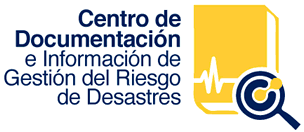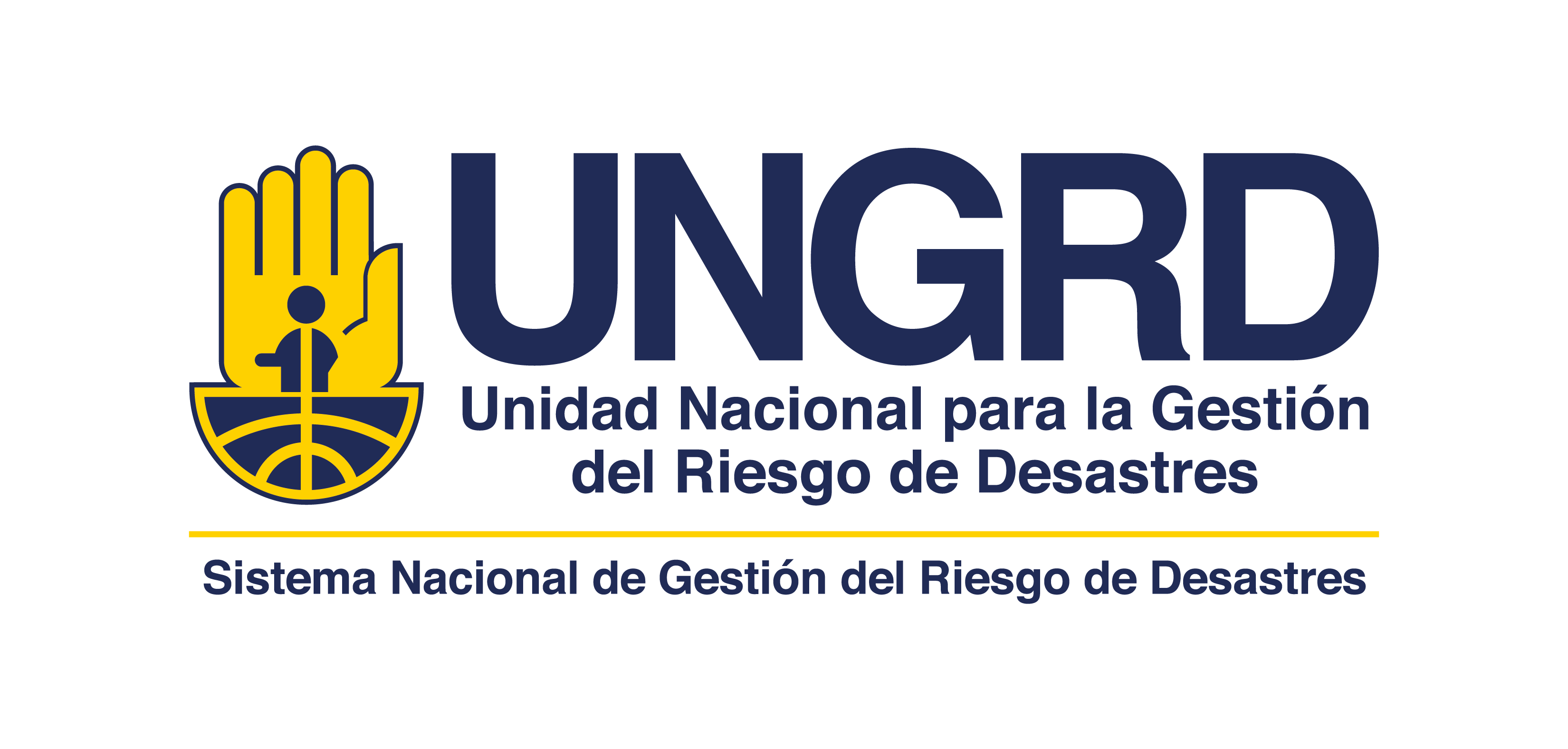 Libro
LibroSismicidad y peligro sísmico en el centro de Bolivia | |
| Autor: | Vega B., Angel J. |
| Tema(s): | |
| Resumen: | In: Centro Regional de Sismología para América del Sur (CERESIS). Memoria de la reunión general del Programa para la Mitigación de los Efectos de los Terremotos en la Región Andina (Proyecto SISRA). Lima, Centro Regional de Sismología para América del Sur (CERESIS), 1985. Presentado en: Simposio sobre el Peligro y Riesgo Sísmico y Volcá nico en América del Sur; San Juan, 24-28 sept. 1984. The information collected in Bolivia by SISRA allows us to delineate area of seismotectonic interest. The study of seismicity and seismic hazard can be intensified thanks to the great amount of small local tremors recorded by the high gain seismograph stations of San Calixto Observatory. The region between the Cochabamba Valley, Aiquile, Sucre and northern Potosi seems to have the same characteristics as a Arica area: large numbers of shallow earthquakes and small tremors in relativety small periods of time, but with notably different focal mechanisms. Since it is of interest to study the small events in the area under consideration, an equation is developed to calculate magnitudes on the basis of data from the high gain stations in Zongo (La Paz, Bolivia). The following equation was developed: MR = Log (A/T)+ 2.74 Log (°R)+ 2.78. Thus we located 133 events (magnitudes 1.0 to 3.3 MR), in the area, for the year 1983 and correlated these with the existing faults. This identifies the zone as the highest seismic risks in the country. The construction of great dams such as Corani and Misicuni therefore requires a detailed study of the level of seismic risks in these areas (AU). |
| Item type | Current location | Collection | Call number | Copy number | Status | Date due | Barcode |
|---|---|---|---|---|---|---|---|
|
|
Biblioteca Central Fondo general | PA | Ej. 1 | No prestable |
In: Centro Regional de Sismología para América del Sur (CERESIS). Memoria de la reunión general del Programa para la Mitigación de los Efectos de los Terremotos en la Región Andina (Proyecto SISRA). Lima, Centro Regional de Sismología para América del Sur (CERESIS), 1985. Presentado en: Simposio sobre el Peligro y Riesgo Sísmico y Volcá nico en América del Sur; San Juan, 24-28 sept. 1984. The information collected in Bolivia by SISRA allows us to delineate area of seismotectonic interest. The study of seismicity and seismic hazard can be intensified thanks to the great amount of small local tremors recorded by the high gain seismograph stations of San Calixto Observatory. The region between the Cochabamba Valley, Aiquile, Sucre and northern Potosi seems to have the same characteristics as a Arica area: large numbers of shallow earthquakes and small tremors in relativety small periods of time, but with notably different focal mechanisms. Since it is of interest to study the small events in the area under consideration, an equation is developed to calculate magnitudes on the basis of data from the high gain stations in Zongo (La Paz, Bolivia). The following equation was developed: MR = Log (A/T)+ 2.74 Log (°R)+ 2.78. Thus we located 133 events (magnitudes 1.0 to 3.3 MR), in the area, for the year 1983 and correlated these with the existing faults. This identifies the zone as the highest seismic risks in the country. The construction of great dams such as Corani and Misicuni therefore requires a detailed study of the level of seismic risks in these areas (AU).






There are no comments for this item.